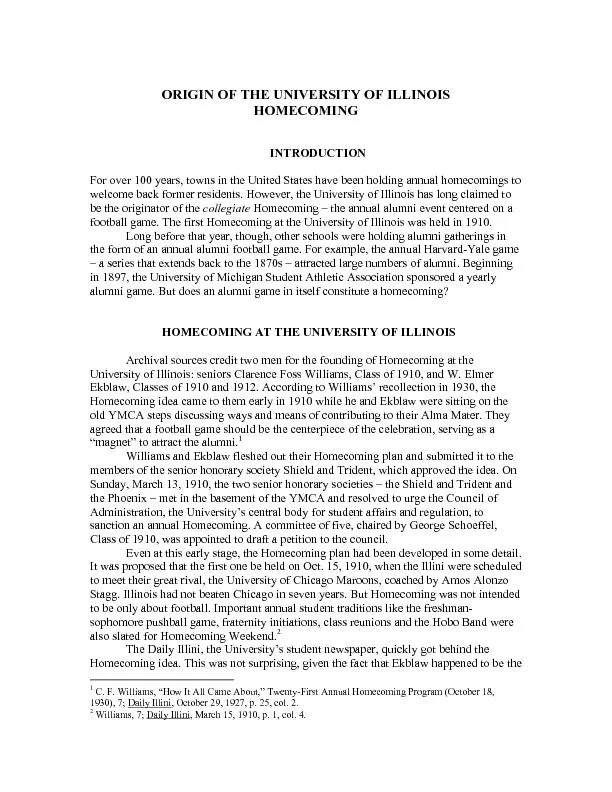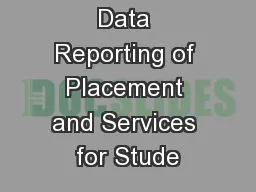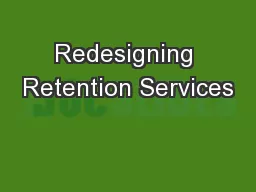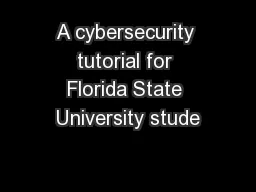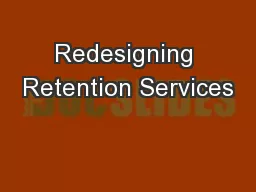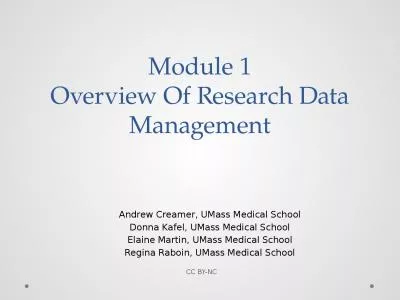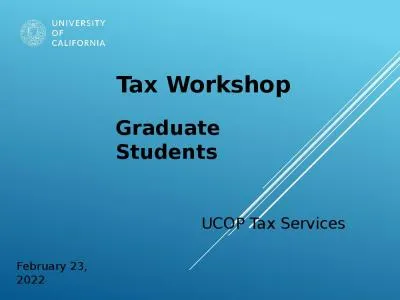PDF-RESEARCH OVERVIEW / SEPTEMBER 2013What We Know About Nonacademic Stude
Author : pamella-moone | Published Date : 2016-08-10
Students may have diculty navigating college bureaucracies or understanding how to enact the habits and behaviors necessary for sustained achievement What Are Nonacademic
Presentation Embed Code
Download Presentation
Download Presentation The PPT/PDF document "RESEARCH OVERVIEW / SEPTEMBER 2013What W..." is the property of its rightful owner. Permission is granted to download and print the materials on this website for personal, non-commercial use only, and to display it on your personal computer provided you do not modify the materials and that you retain all copyright notices contained in the materials. By downloading content from our website, you accept the terms of this agreement.
RESEARCH OVERVIEW / SEPTEMBER 2013What We Know About Nonacademic Stude: Transcript
Download Rules Of Document
"RESEARCH OVERVIEW / SEPTEMBER 2013What We Know About Nonacademic Stude"The content belongs to its owner. You may download and print it for personal use, without modification, and keep all copyright notices. By downloading, you agree to these terms.
Related Documents

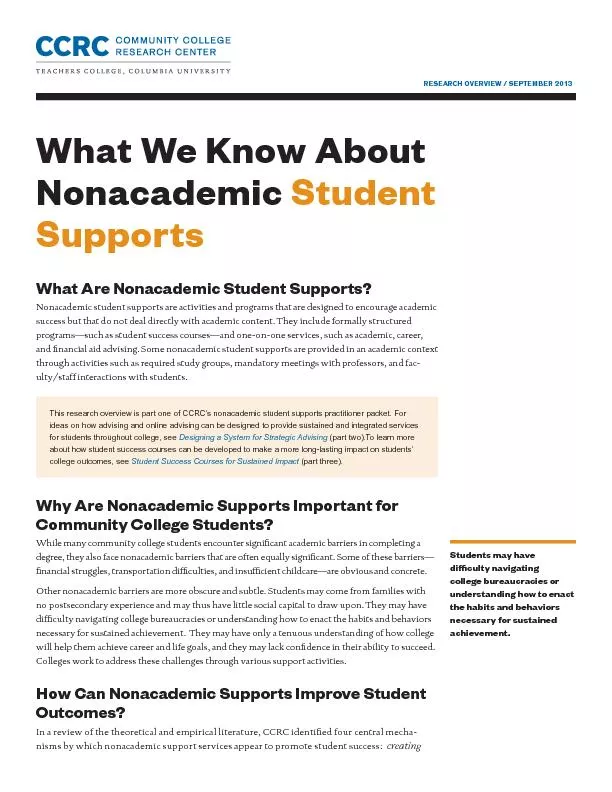
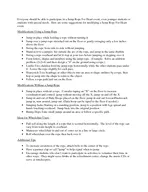
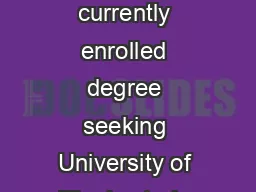
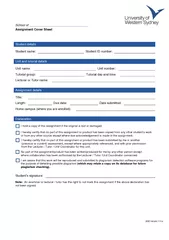
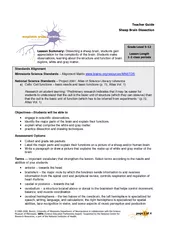
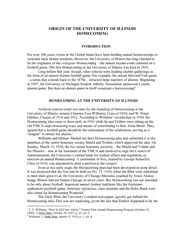
![[http://teacher.shop.pbs.org/home/index.jsp]. Also, teachers and stude](https://thumbs.docslides.com/137655/http-teacher-shop-pbs-org-home-index-jsp-also-teachers.jpg)
